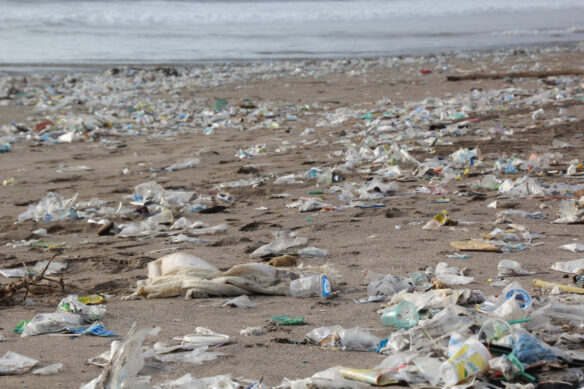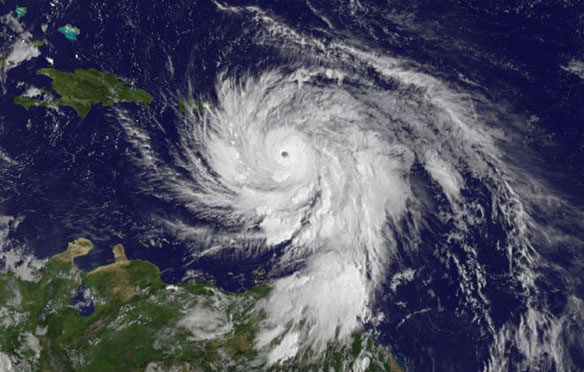
Dead sea.
“The unprecedented plastic waste tide plaguing our oceans and shores, can become as limited as our chosen relationship with plastics, which involves a dramatic behavioral change on our part…”
Captions and Photo: © SAF — Coastal Care
Excerpts from UNEP- Nairobi, 23 May 2016;
Danger posed by air pollution, chemicals, microplastics, zoonotic diseases and other environmental threats to human health revealed in series of reports released at second United Nations Environment Assembly
Environmental degradation and pollution is estimated to cause up to 234 times as many premature deaths as occur in conflicts annually, highlighting the importance of a healthy environment to achieving the 2030 Agenda for Sustainable Development, according to a new report released at the second United Nations Environment Assembly (UNEA2).
Environmental impacts are responsible for the deaths of more than one quarter of all children under the age of five, the report states.
Healthy Environment, Healthy People – published by the United Nations Environment Programme (UNEP), the World Health Organization (WHO), the Convention on Biological Diversity, the Montreal Protocol on substances that deplete the ozone layer, and the Basel, Rotterdam and Stockholm conventions – looks at the dangers posed by air pollution, chemicals, climate change and other issues linking environmental quality to human health and well-being.
UNEP Executive Director Achim Steiner said, “By depleting the ecological infrastructure of our planet and increasing our pollution footprint, we incur an ever-growing cost in terms of human health and well-being. From air pollution and chemical exposure to the mining of our natural resource base, we have compromised our life support systems.
“A healthier planet is a rising tide that lifts all boats, including human health, but also economies and societies. By grounding development and progress in environmental health, we safeguard our own well-being. At UNEA-2, the world is focusing on pathways to ensure that the environment sustains human health rather than threatening it.”
The report finds that in 2012, an estimated 12.6 million deaths were attributable to deteriorating environment conditions, or 23 per cent of the total…
Read Full Article, UNEP News Center
UNEP Report on plastic pollution: “MARINE PLASTIC DEBRIS AND MICROPLASTICS: Global lessons and research to inspire action and guide policy change,” UNEP-05-2016
Marine Plastic Debris and Microplastics: Global Lessons and Research to Inspire Action and Guide Policy Change found that in 2014, global plastic production exceeded 311 million metric tonnes, a 4 per cent increase over 2013. Between 4.8 and 12.7 million tonnes ended up in the ocean as a result of inadequate solid waste management. Microplastics are of particular concern.
One study estimated that, on average, every square kilometre of the world’s oceans has 63,320 microplastic particles floating at the surface. Marine organisms – including zooplankton, invertebrates, fishes, seabirds and whales – can be exposed to microplastics through direct ingestion of water and indirectly as predators in food webs. Potential adverse effects of microplastic ingestion include immunotoxicological responses, reproductive disruption, anomalous embryonic development, endocrine disruption, and altered gene expression.
Gender and Plastic Management looked at the differing roles of men and women in plastic use and consumption, identifying women in wealthy regions as important stakeholders in reducing plastics in basic consumer goods.









